| The latest issue of Legacy (December 2016) is now available online on the SCIAA website. Published by SCIAA twice a year, Legacy features short articles relevant to South Carolina archaeology. I wrote a short piece about the research value of large surface collections, focusing on how my work with the Larry Strong collection (from Allendale County, South Carolina) is connected to the Kirk Project. |
| I received a two emails this week about Kirk points from Alabama. Coincidence? No! There was a short mention of the Kirk Project in the latest issue of the newsletter of the Alabama Archaeological Society. I didn't know about it in advance, but I'm grateful for the exposure. I'll have an article about variability in Kirk points from Allendale County, South Carolina (see above) in the next issue of South Carolina Antiquities. As I continue to collect data from the Southeast, I plan to develop two "tracks" so I can utilize both 2D and 3D data (including all the data from my dissertation). Hopefully I'll have time to start incorporating more data from the Southeast (outside of South Carolina) as the semester moves along. Thank you, Alabama! |
| I'll be the subject of a short piece on Palmetto Scene that is scheduled to air on February 16th at 7:30 pm. The SCETV crew came by my workshop as I was working on Owl #1. I'm nervous to see myself on TV, as I will surely feel that I look and sound like an idiot. |
| USC Today is a daily online publication of the University of South Carolina. They did a story on my welding art back in July of 2016 and recently sent a photographer over to take a few more pictures. The action shots turned out great (I'm using one at the top of of my Sculpture page). The photographer also took some photos of things I've made since the earlier story, including my rooster sculpture. I'm learning that talking about "roosters" around here is basically a non-starter: they're "gamecocks," plain and simple. I find myself resistant to that, as my understanding is that "gamecock" refers specifically to roosters with "physical and behavioral traits suitable for cockfighting." What if my rooster is gentle and not prone to rooster-on-rooster violence? I'm not sure I'm likely to ever win that argument in this town. I'm working on another rooster sculpture right now. It will probably a be a couple more weeks until it's done. If you like gamecocks -- actual gamecocks -- you're going to want to see it. |
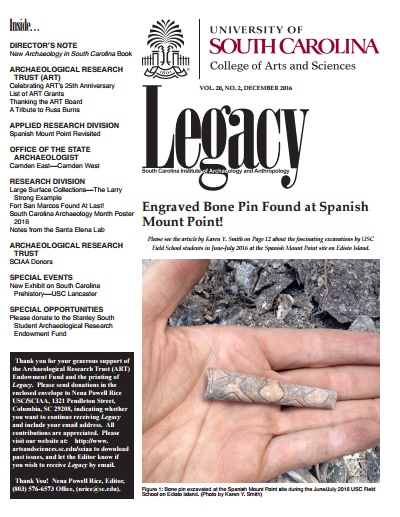
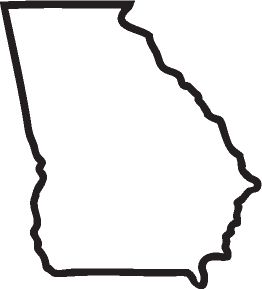

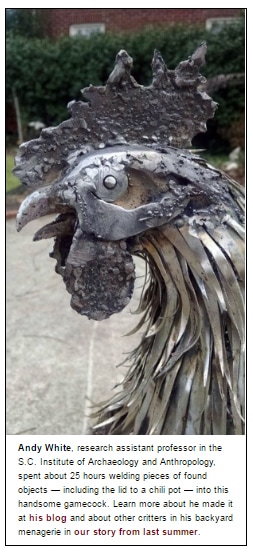
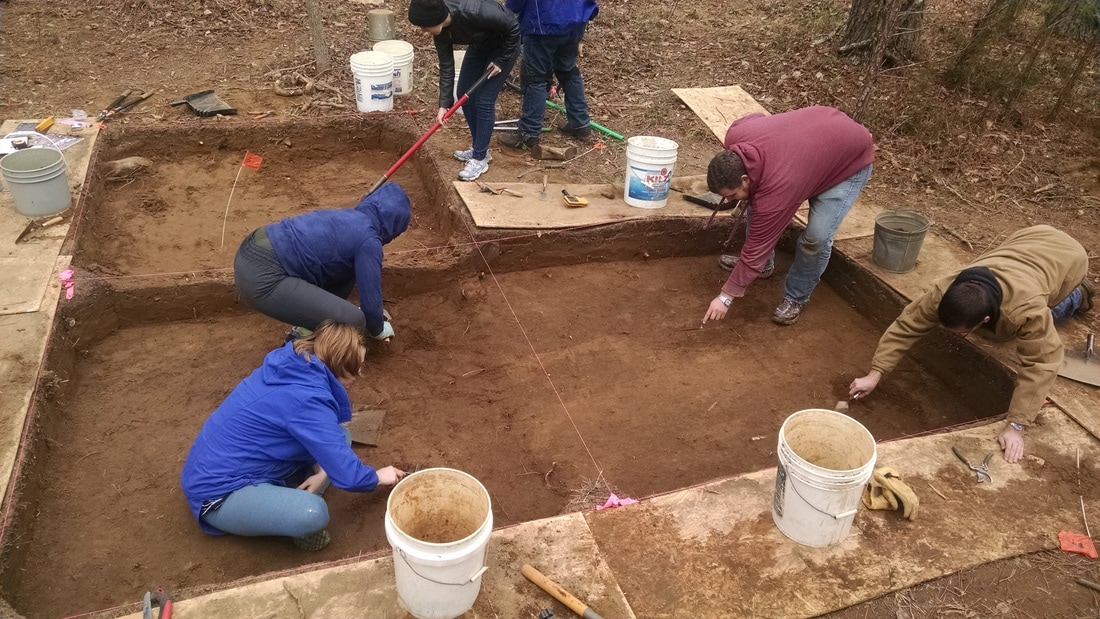
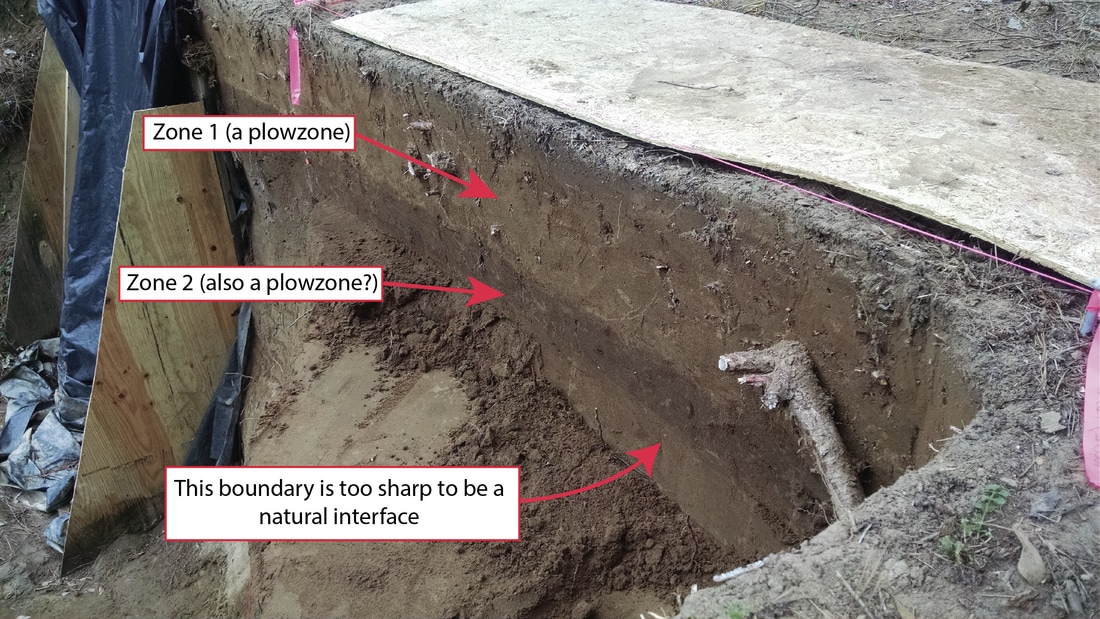
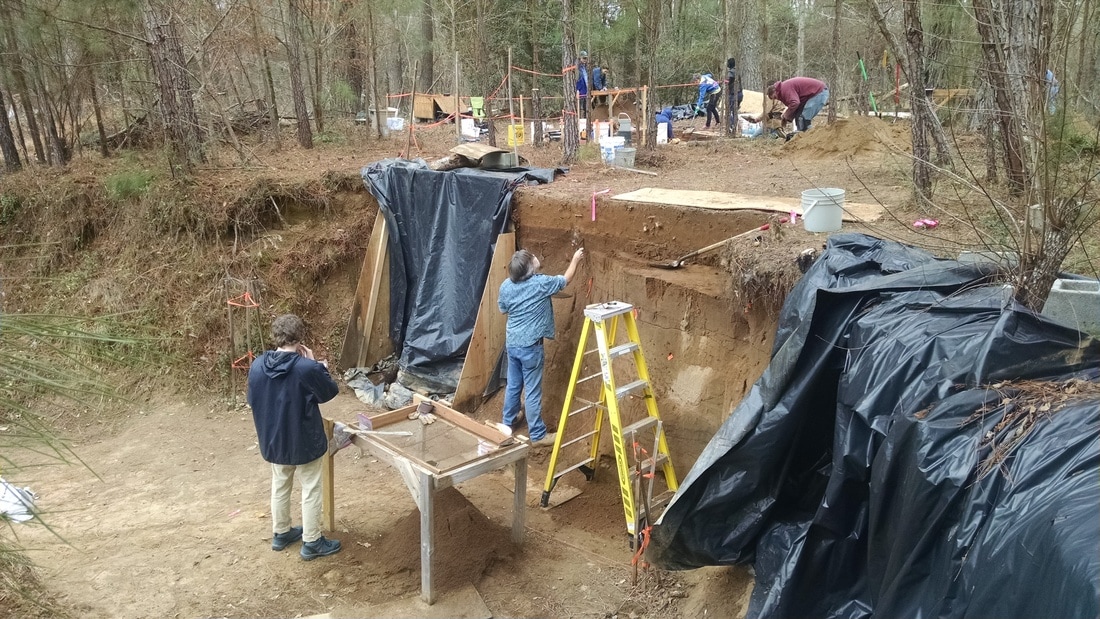
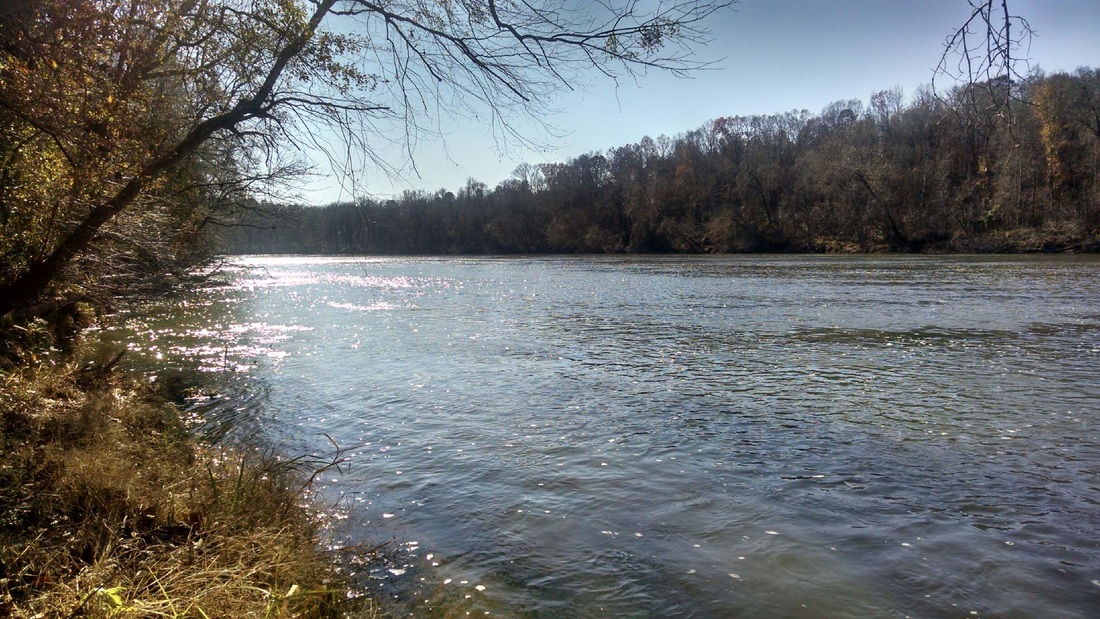
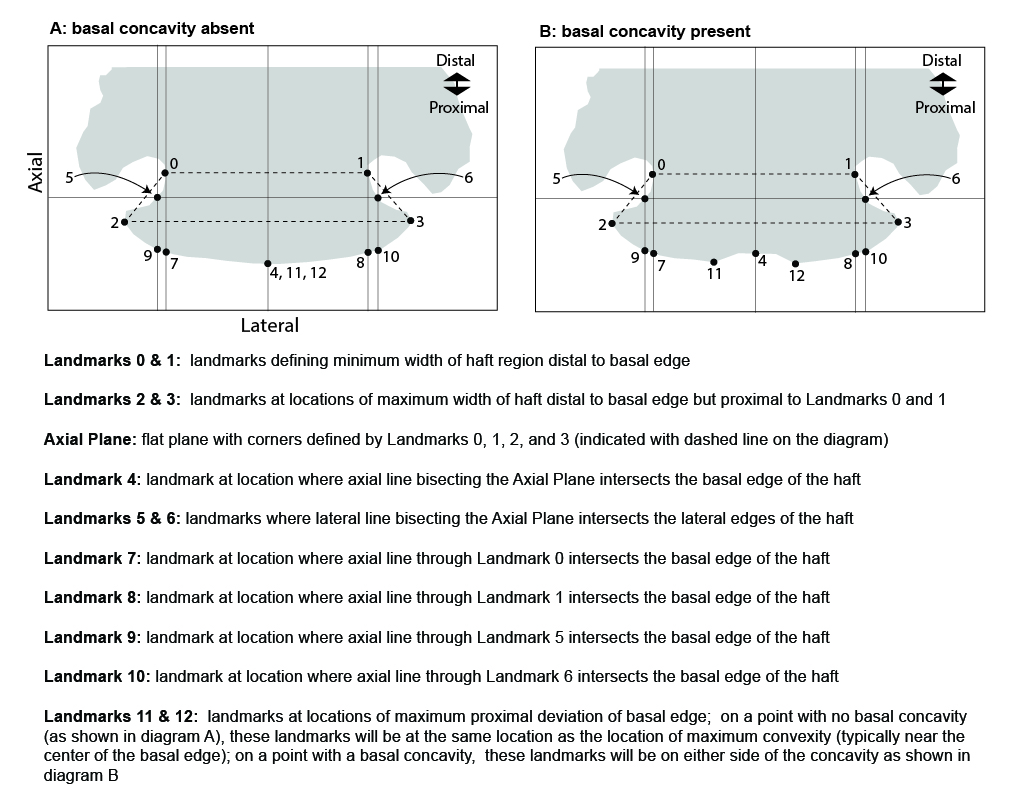
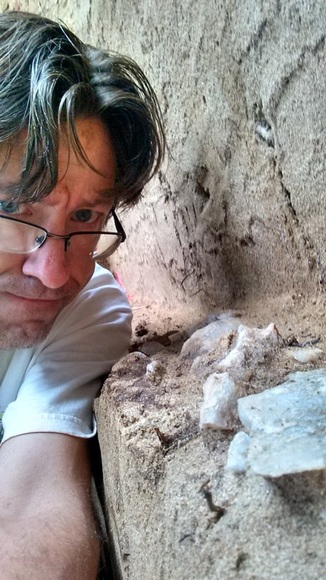
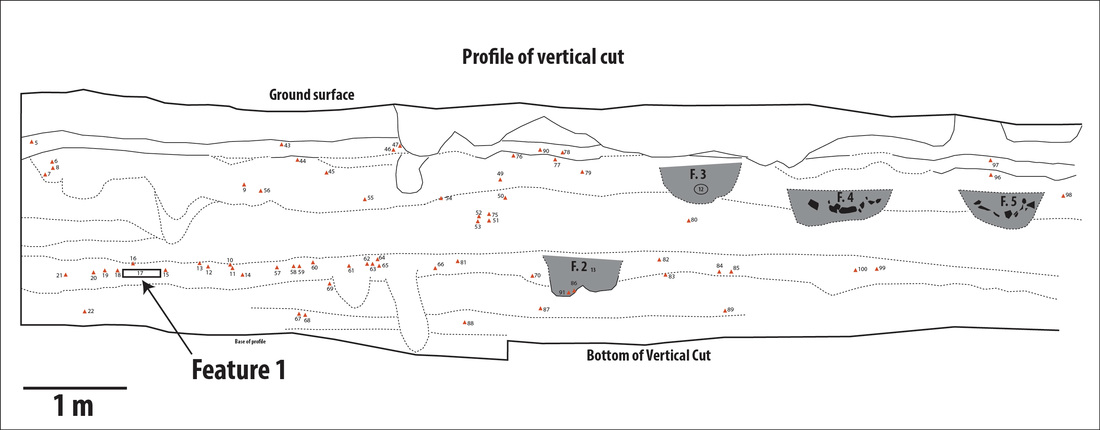
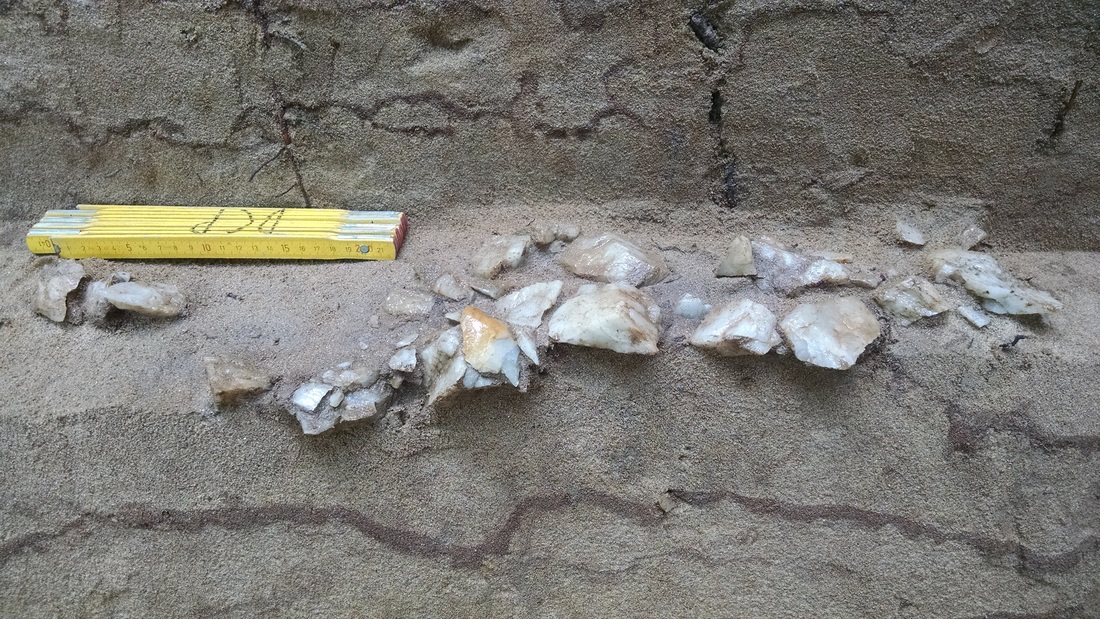
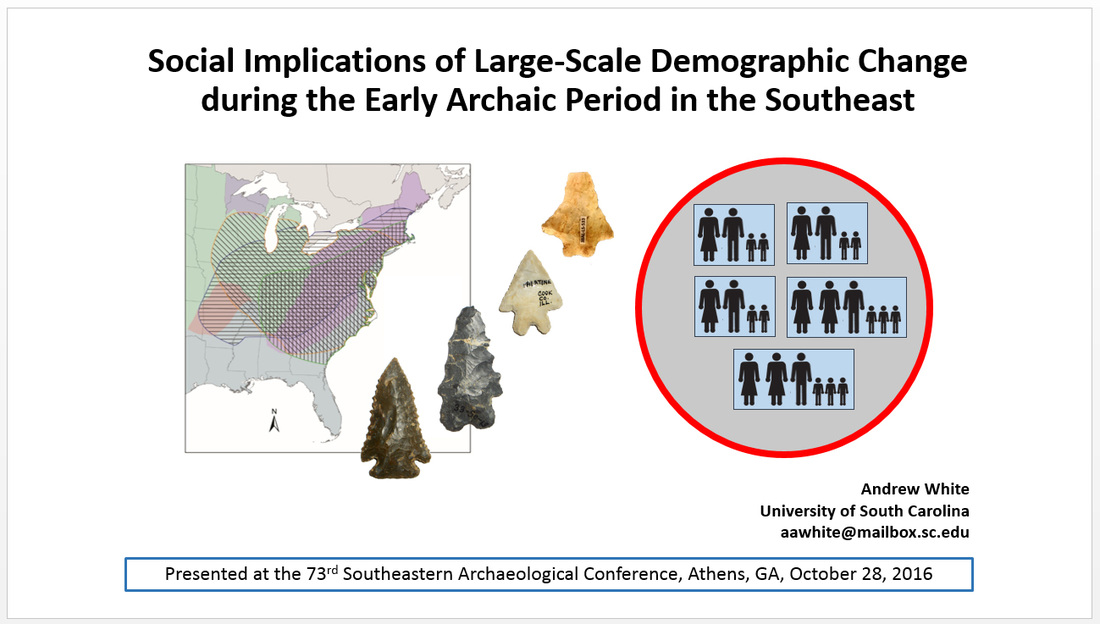

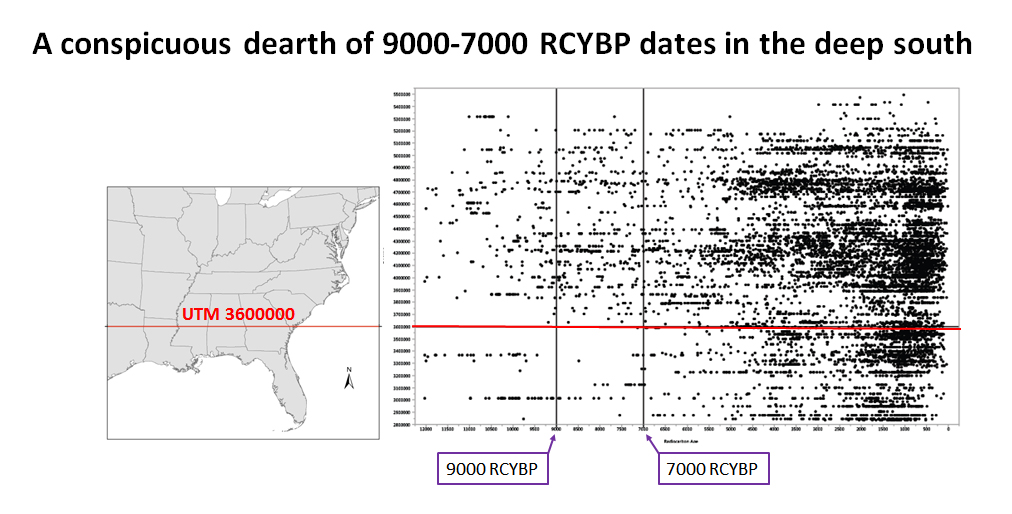
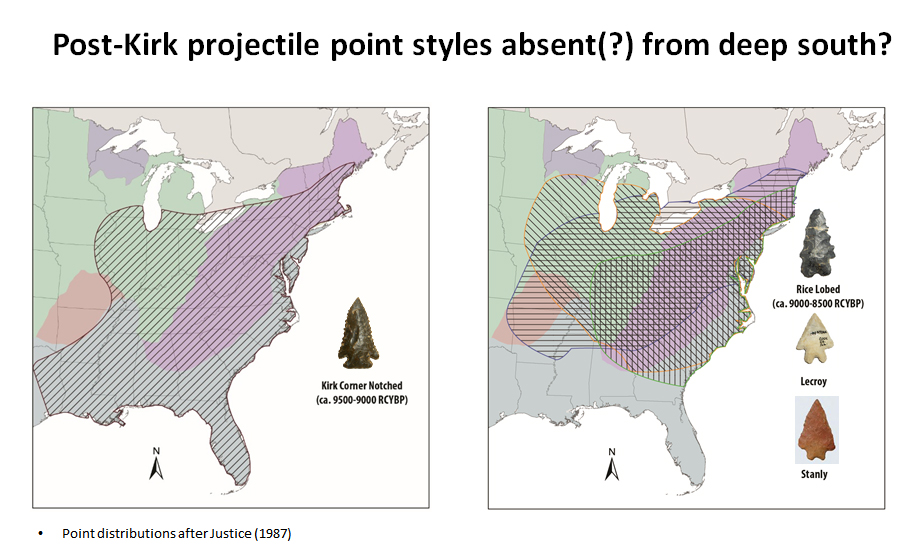
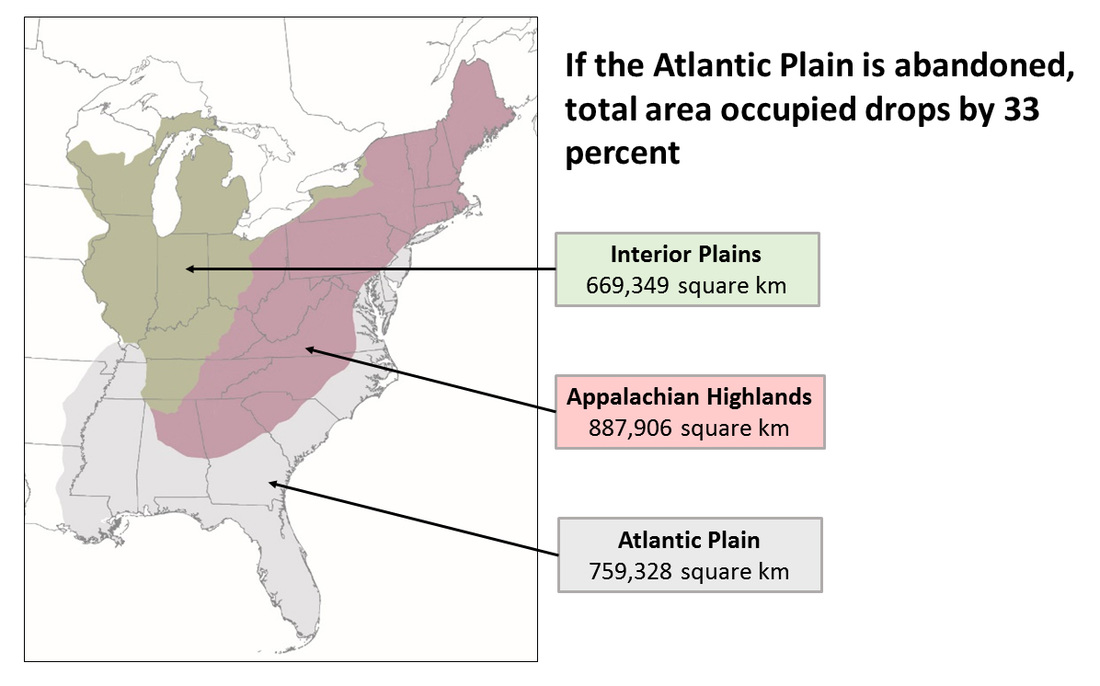
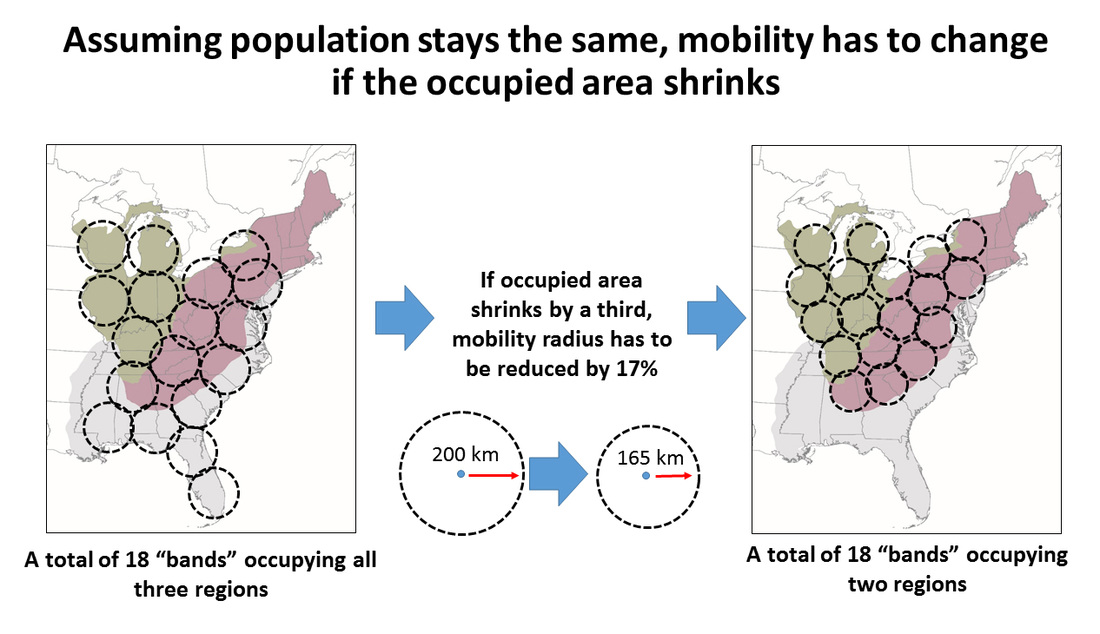
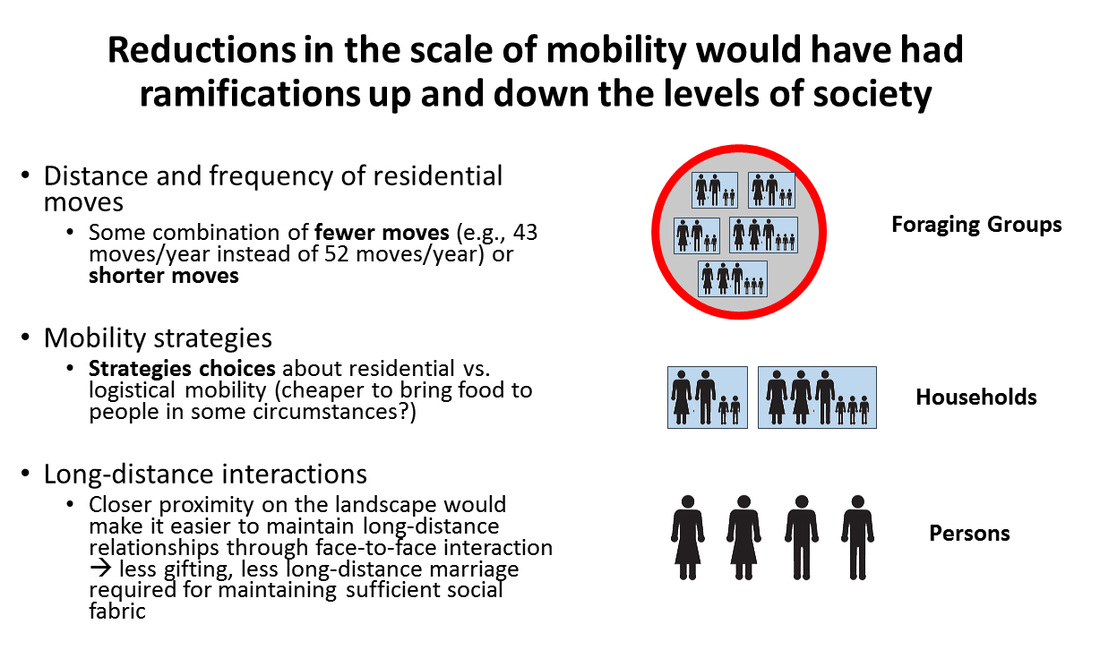
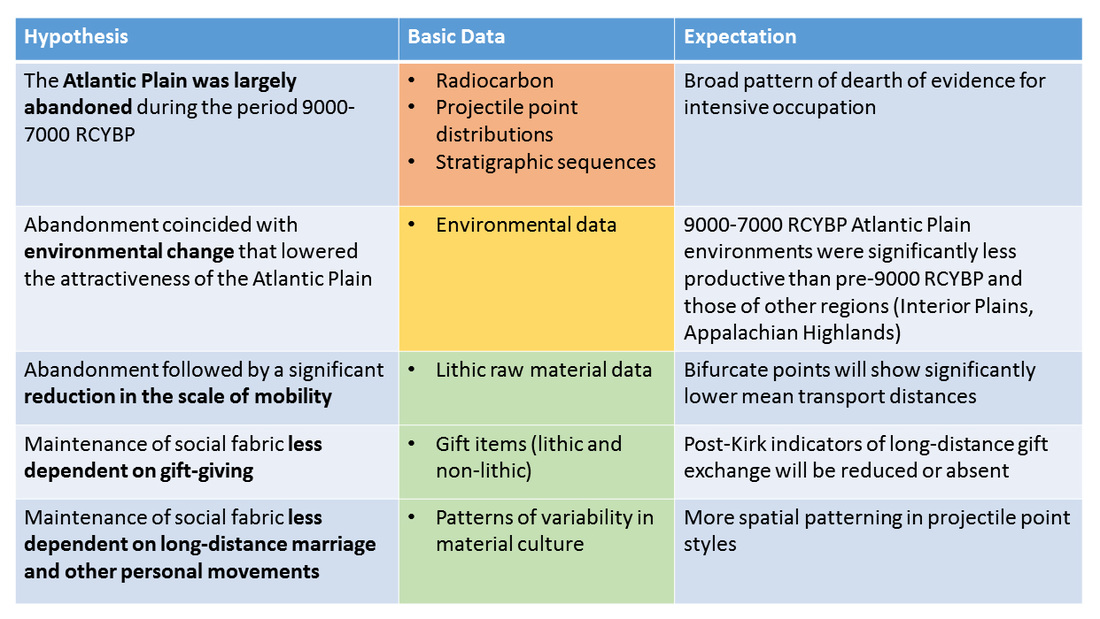
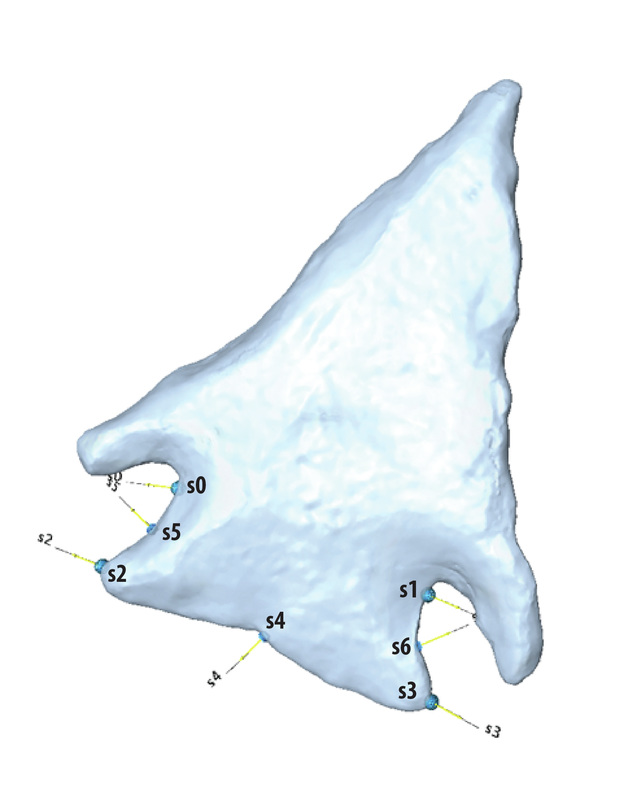
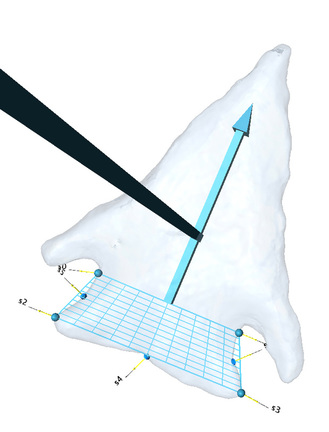
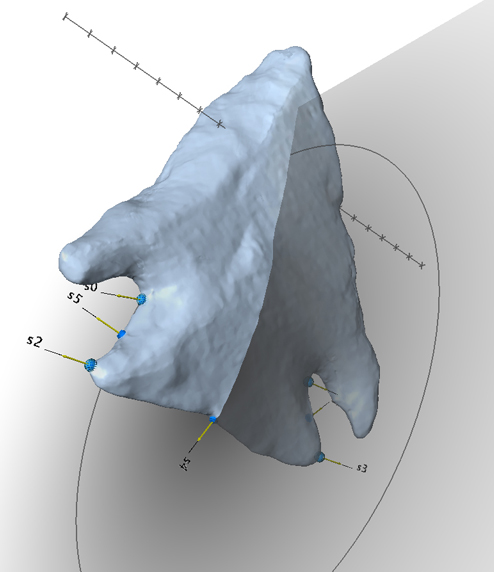
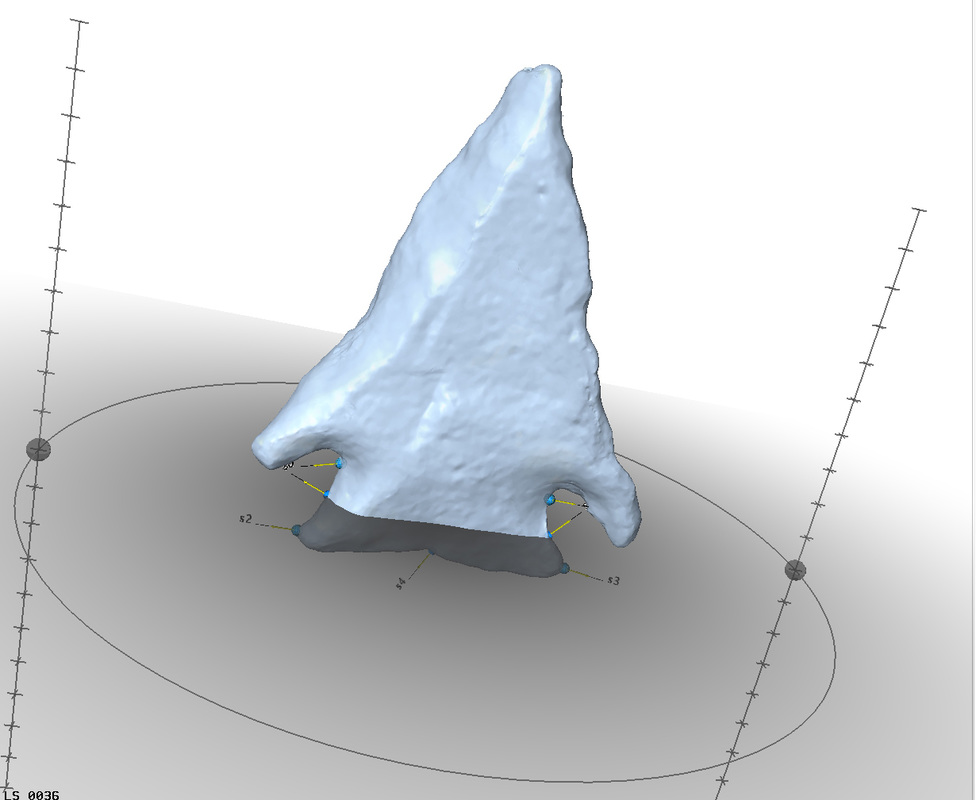
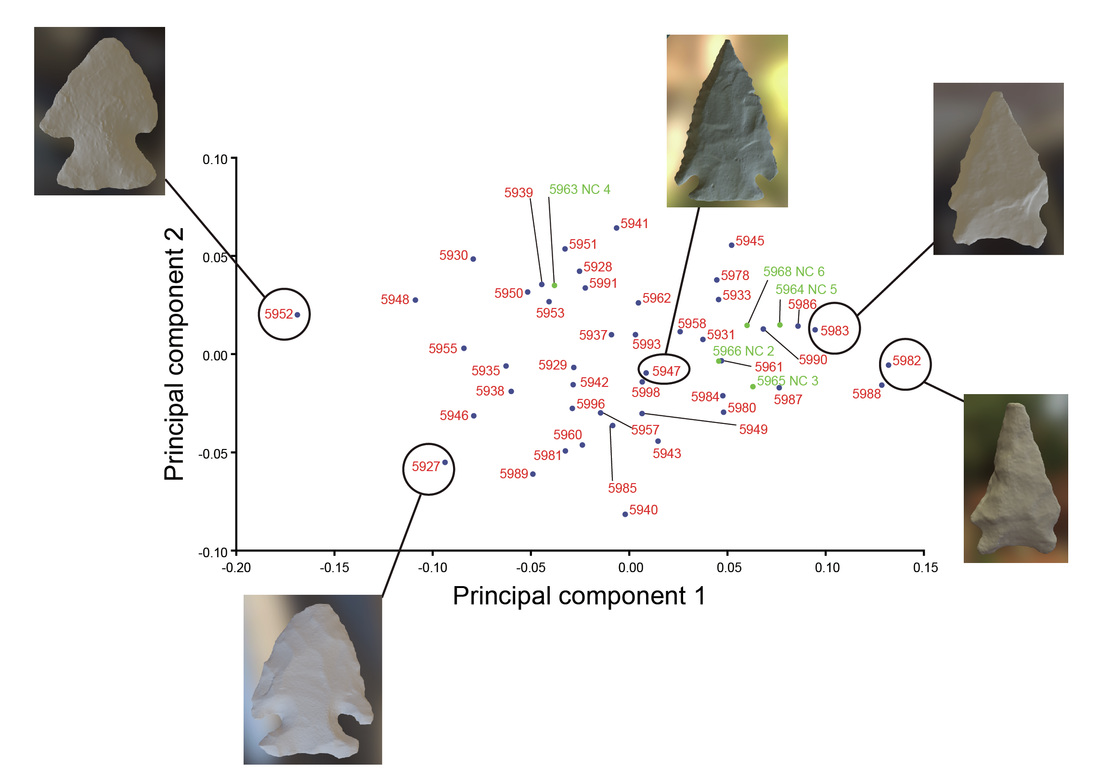
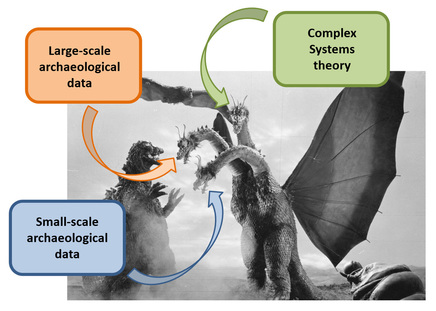

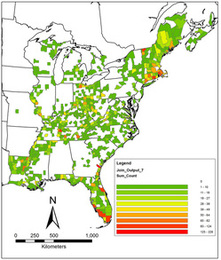
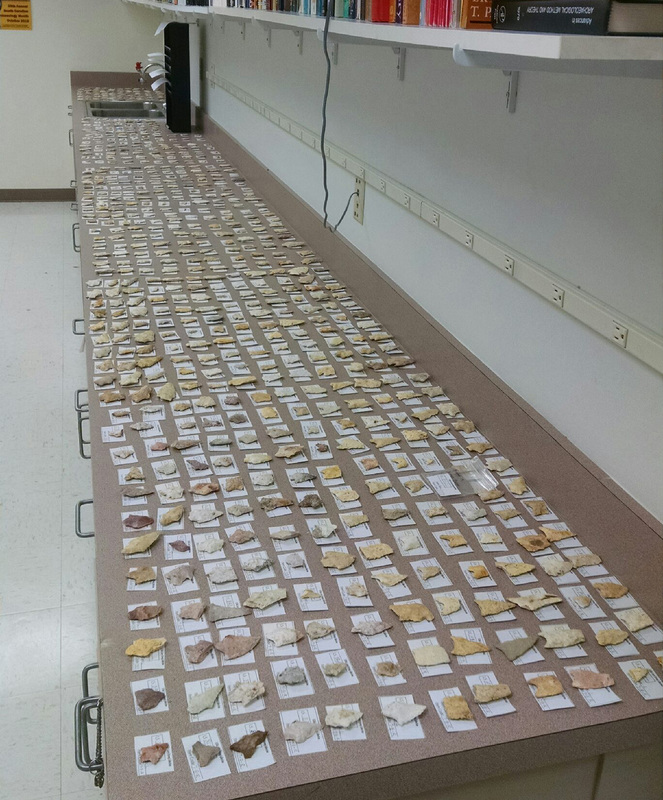

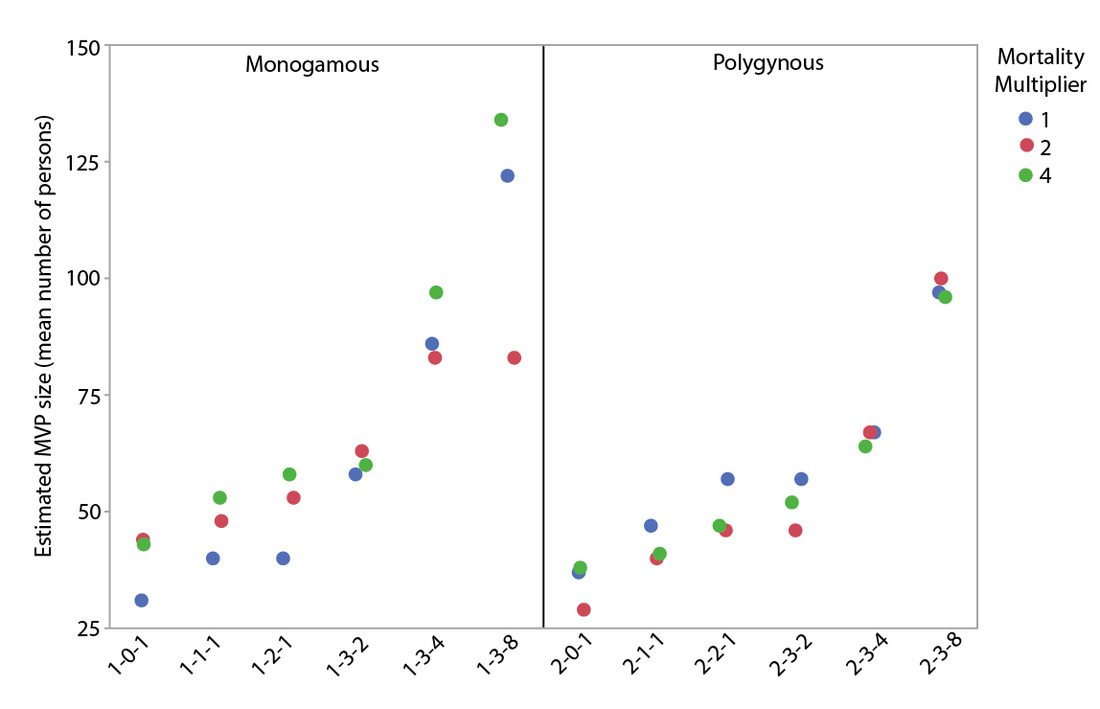


 RSS Feed
RSS Feed
